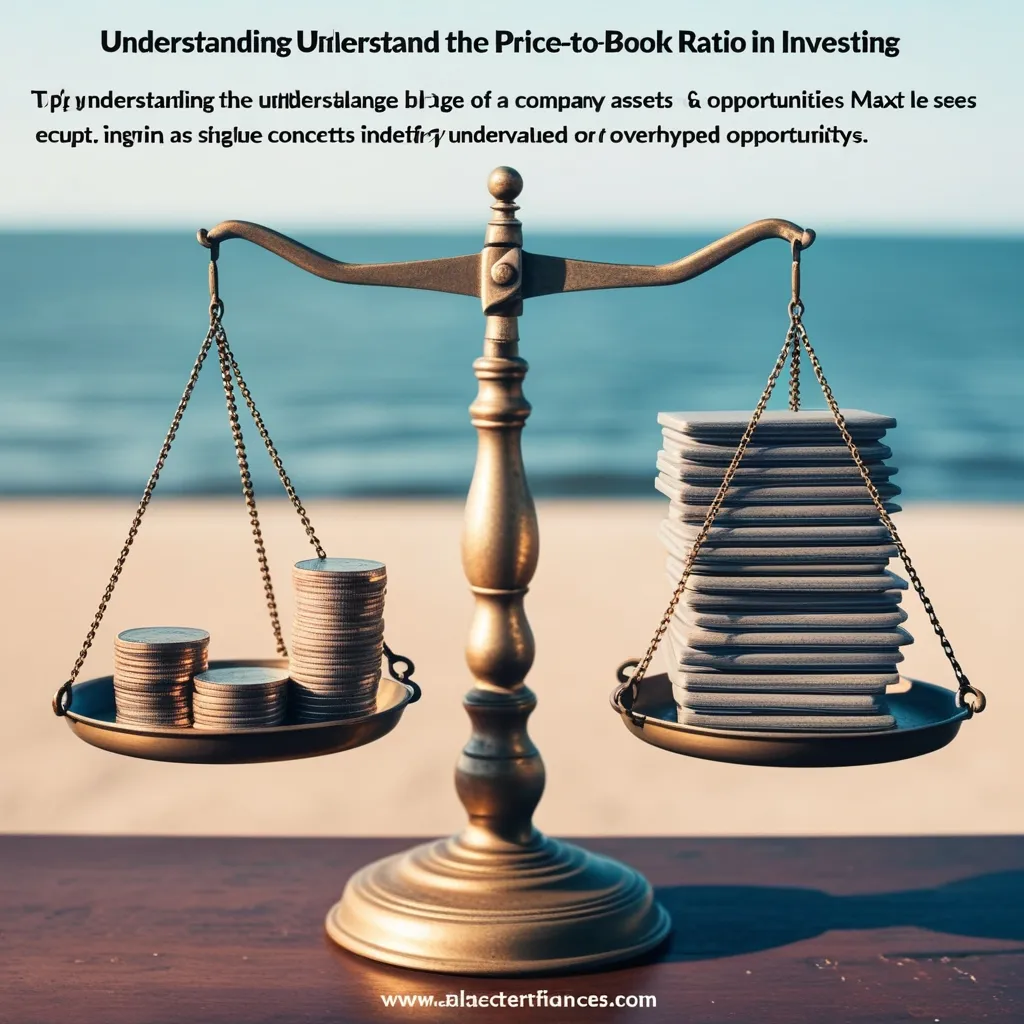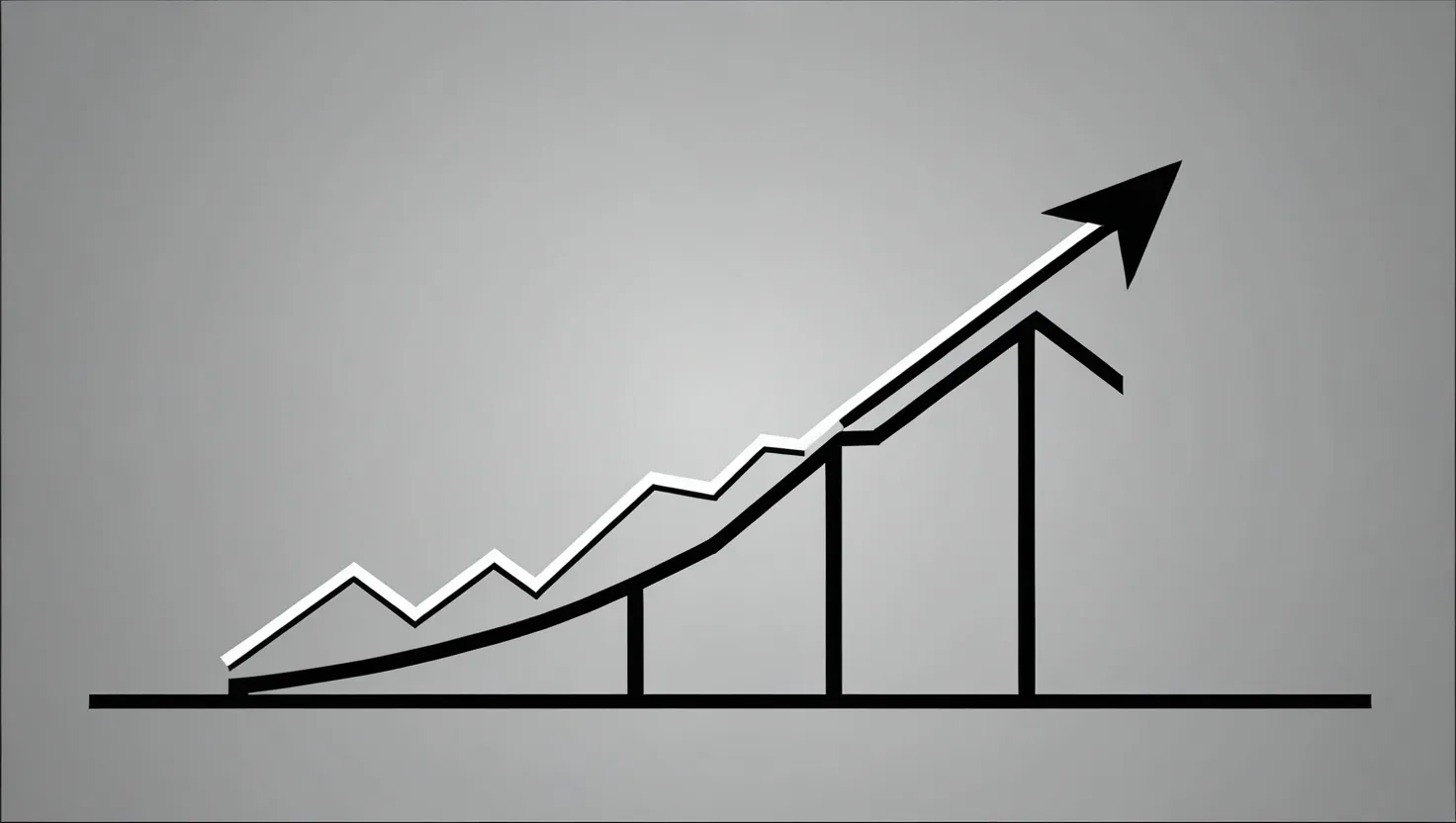Imagine a world where the value of markets isn’t just a surface-level concept, but a complex, multi-layered tapestry of self-repeating patterns. This is the realm of fractal analysis, a method that transforms the way we understand and interact with financial markets. By applying fractal principles, you can uncover hidden value and identify opportunities that others might miss.
The Fractal Lens
When you look at financial markets through a fractal lens, you begin to see patterns that repeat themselves at different scales. This isn’t about traditional fundamental or technical analysis; it’s about recognizing that the behavior of small parts of the market can mirror the larger whole. For instance, the growth pattern of a small division within a company might echo the historical trajectory of the entire company. This self-similarity can hint at untapped potential and hidden value.
Identifying Patterns
Fractals in finance involve identifying recurring patterns within price charts and market data. These patterns can be geometric, such as triangles, spirals, and waves, or statistical, based on mathematical models and price statistics. By recognizing these patterns, you can predict future price movements and make more informed investment decisions. For example, in crypto trading, fractal analysis helps traders find patterns that precede significant price reversals or trend continuations, allowing them to capitalize on potential buying and selling opportunities.
Scale Invariance
One of the key concepts in fractal analysis is scale invariance. This means that the patterns observed in market prices remain similar when viewed at different time scales. Imagine zooming out to look at years of data for a stock, and then zooming in to focus on a specific week. The core principle of fractal analysis is that you might find recognizable price patterns in both views. This self-similarity allows traders and analysts to analyze price movements across different timeframes, enhancing the reliability of their trading signals.
Risk Management
Effective risk management is crucial in trading, and fractals play a significant role here. By identifying fractal patterns, traders can set more precise entry and exit points, manage risk better, and protect their capital. For instance, when entering a trade based on a fractal, setting a stop-loss order below or above the fractal’s low or high can protect against losses if the trade goes against you. Similarly, fractals guide traders in determining take-profit levels, helping them lock in gains based on predicted price movements.
Market Behavior Modeling
Fractals help analysts model market behavior in a more nuanced way. They capture the underlying structures and dynamics of financial markets, which can be particularly useful during times of heightened market uncertainty. The fractal markets hypothesis, for example, explains how market prices exhibit fractal properties that can be disrupted when investor time horizons and information sets change. This can lead to sudden spikes in market volatility and decreases in market liquidity, as seen during market crises.
Real-Time Decision Making
In today’s fast-paced financial environment, real-time data is crucial for making informed decisions. Fractal analysis can accelerate decision-making by providing instant financial insights. By streamlining processes and enhancing agility in financial operations, you can transform your finance team into strategic business partners. This real-time decision support can help you navigate uncertainty, manage risks, and seize financial opportunities more effectively.
Company Structures and Market Trends
When you apply fractal principles to company structures, you start to see how smaller divisions or departments can mirror the overall company’s performance. This can reveal hidden value and untapped potential. For example, if a small division’s growth pattern echoes the company’s historical trajectory, it might indicate that the division is poised for significant growth. Similarly, identifying fractal-like relationships between micro-market movements and macro-economic shifts can provide valuable insights into future market trends.
Enhancing Profitability
Fractal analysis can also enhance profitability by helping you optimize financial planning and management. By using predictive financial planning and rolling forecasts, you can make more accurate projections and better evaluate business performance. Tools like AI-powered finance analytics can further maximize value by providing clear insights into performance metrics and helping you develop strategic, data-driven outcomes.
Cash Flow Management
Managing cash flow is a critical aspect of financial health, and fractals can help here as well. By analyzing fractal patterns in cash flow data, you can anticipate cash flow problems, spot trends, and prepare for the future. This proactive approach ensures sufficient cash flows by managing receivables, payables, and inventory effectively.
Ethical and Sustainable Business
Incorporating fractal analysis into your financial strategy can also contribute to ethical and sustainable business practices. By using ethical AI and ensuring integrity in financial processes and procedures, you maintain stakeholder confidence in your financial systems. This approach helps you navigate uncertainty with future-focused views, manage risks, and hedge accordingly, ensuring sustainable business success.
Practical Application
So, how can you start applying fractal analysis in your financial decision-making? Begin by looking for repeating patterns in your financial data. Use fractal-based indicators to identify potential trend reversals and set entry and exit points. Apply fractal analysis across multiple timeframes to confirm trends and signals. This multiscale approach can enhance the reliability of your trading signals and improve the timing of your trades.
Conclusion
Viewing markets through a fractal lens opens up a new world of possibilities for value extraction and investment. By recognizing and interpreting self-similar patterns across different scales, you gain an edge in the market. This approach turns value investing into a fascinating exploration of market geometry, allowing you to uncover hidden value and spot opportunities that others might miss. In the end, your ability to recognize and interpret these repeating patterns becomes your key to unlocking the full potential of the financial markets.






